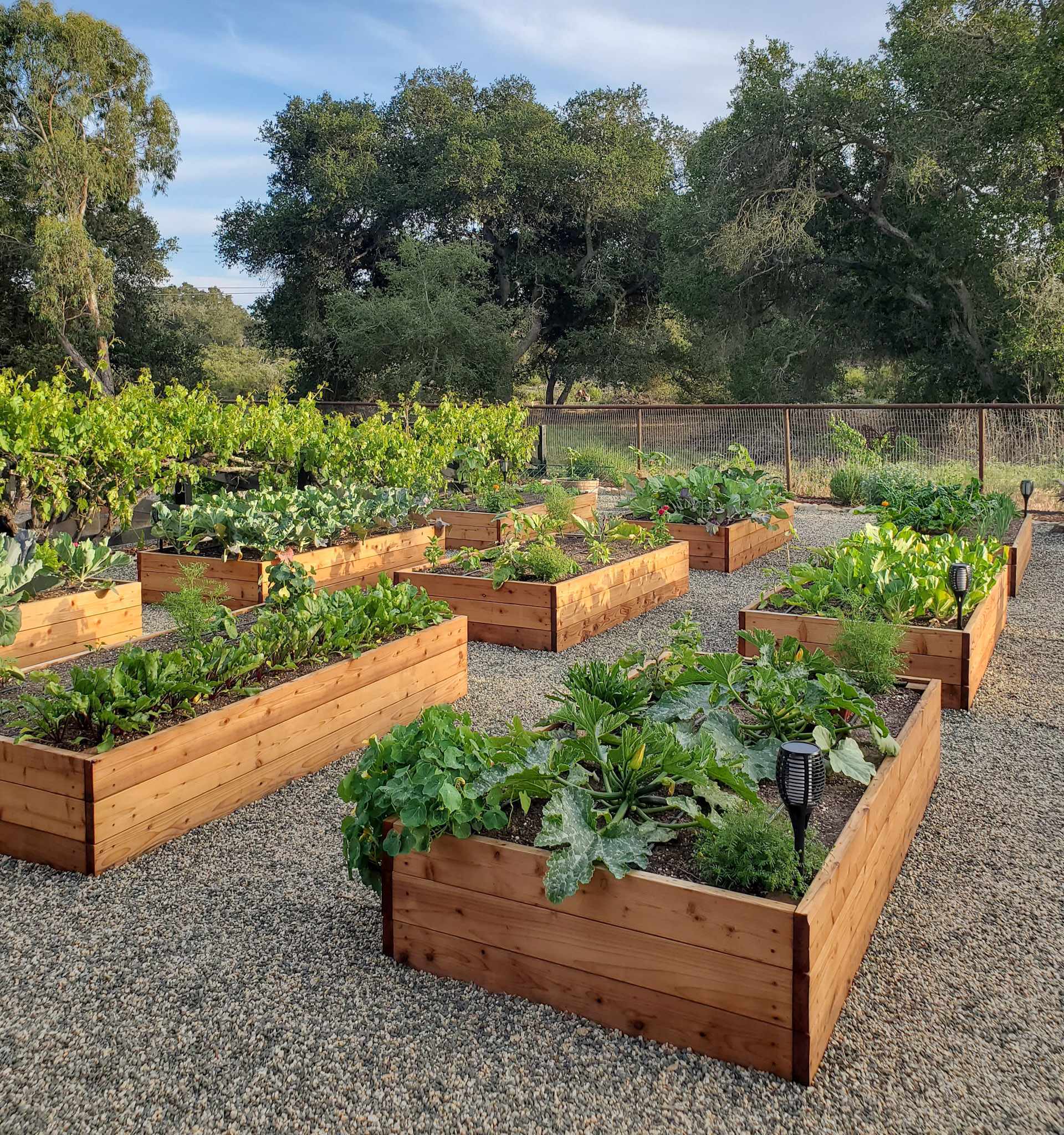In this article, we’ll explore the lifespan of raised beds and provide you with a guide to their sustainability. Whether you’re into off-grid living or simply enjoy gardening, understanding how long raised beds last is important for planning and maintenance. We’ll delve into the factors that affect their lifespan and provide tips on how to prolong it. So, let’s get started and learn more about the lifespan of raised beds!
The Lifespan of Raised Beds: A Guide to Sustainability
Introduction to Raised Beds
Raised beds have become a popular choice for gardeners and farmers alike. These structures, typically made of wood, metal, or plastic, offer numerous benefits for growing plants in a controlled environment. Whether you have limited space, poor soil quality, or simply want to maximize your gardening efforts, raised beds can provide a solution. In this guide, we will delve into the lifespan of raised beds and explore sustainable practices that can extend their durability.
Benefits of Raised Beds
Before we dive into the lifespan of raised beds, let’s first understand why they have gained such widespread popularity. Raised beds offer numerous advantages for gardeners, including:
Improved soil quality: By creating raised beds, gardeners have the opportunity to fill them with high-quality soil, free from rocks, weeds, and other debris. This allows for better nutrient absorption and root growth, leading to healthier plants.
Enhanced drainage: Unlike traditional garden beds, raised beds are elevated from ground level, providing excellent drainage. This prevents waterlogging and helps maintain optimum moisture levels for plants.
Weed suppression: The raised structure of these beds makes it easier to control weeds. By using a weed barrier or adding mulch, you can significantly reduce the time and effort spent on weeding.
Longer growing season: Due to the improved soil quality and drainage, raised beds warm up faster in the spring. This enables gardeners to start planting earlier and extend the growing season.
Easy access: The raised height of these beds reduces the need for bending or kneeling, making gardening more accessible for people with physical limitations.
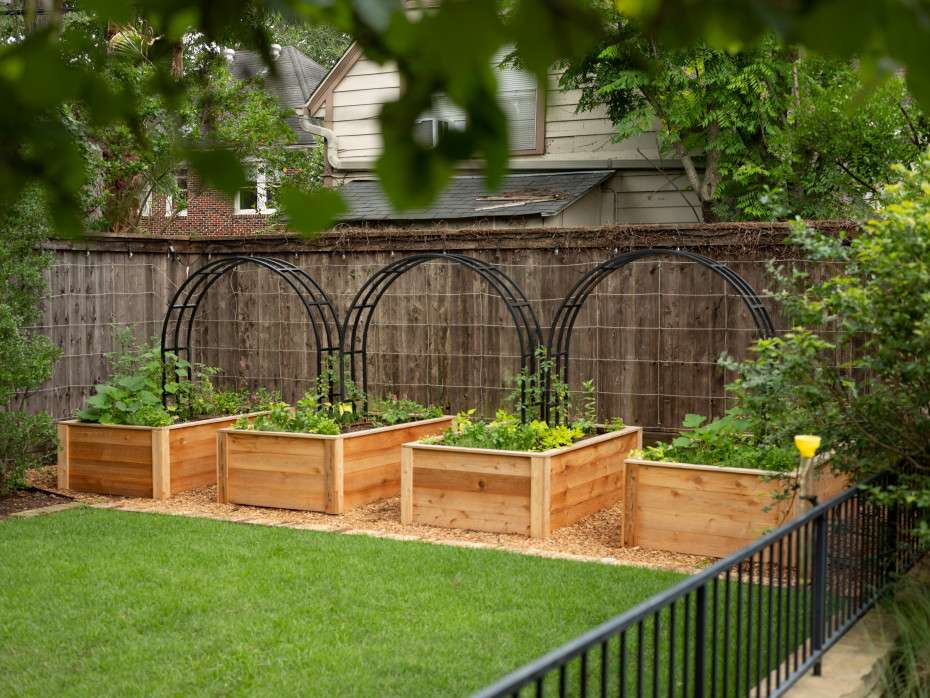
Factors Affecting the Lifespan of Raised Beds
The lifespan of raised beds can vary depending on several factors. Here are some key elements that can influence their longevity:
Material Selection for Raised Beds
The choice of material for your raised beds is crucial in determining their lifespan. Different materials have varying degrees of durability, resistance to weather elements, and susceptibility to rot or corrosion. Let’s explore the most common material options for raised beds:
Wooden Raised Beds
Wooden raised beds are a classic choice, offering a natural and aesthetically pleasing option for your garden. However, they are susceptible to rot over time, especially when exposed to constant moisture. To extend the lifespan of wooden raised beds:
- Choose rot-resistant wood, such as cedar or redwood, that can withstand the test of time.
- Apply a water-resistant sealant or paint to protect the wood from moisture.
- Avoid using treated lumber that may contain chemicals harmful to plants and the environment.
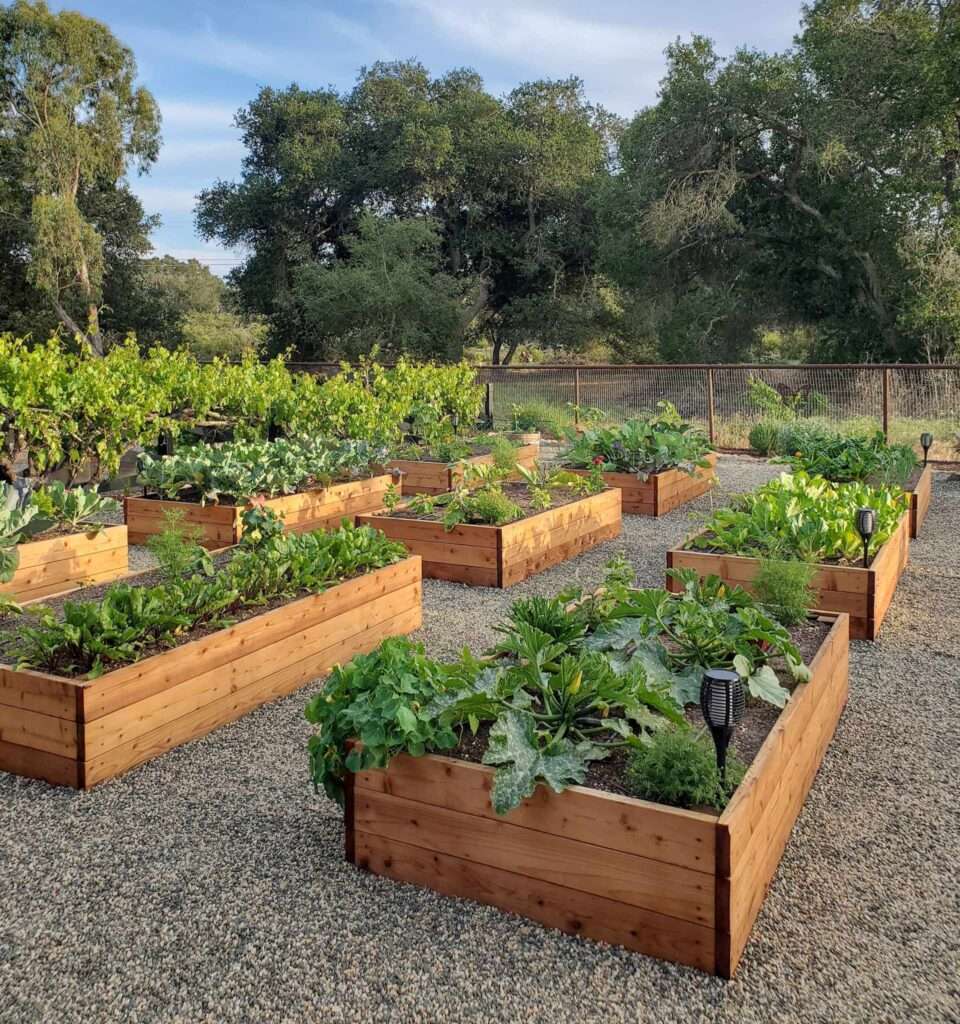
Metal Raised Beds
Metal raised beds offer excellent durability and longevity. They can withstand harsh weather conditions, but over time, they may rust or corrode. To prolong the lifespan of metal raised beds:
- Opt for galvanized steel or aluminum, which are resistant to rust and corrosion.
- Apply a coat of paint or rust-resistant finish to protect the metal from moisture and UV damage.
Plastic Raised Beds
Plastic raised beds are a cost-effective and lightweight option, perfect for gardeners on a budget or those with limited physical strength. While plastic is not as durable as wood or metal, it can still last for several years with proper care. Here are some tips to increase the lifespan of plastic raised beds:
- Choose UV-stabilized plastic that can withstand prolonged exposure to sunlight without becoming brittle.
- Avoid dragging heavy objects on the plastic surface, as this can lead to cracks or breakage.
- Regularly inspect the plastic for any signs of damage and repair or replace as necessary.
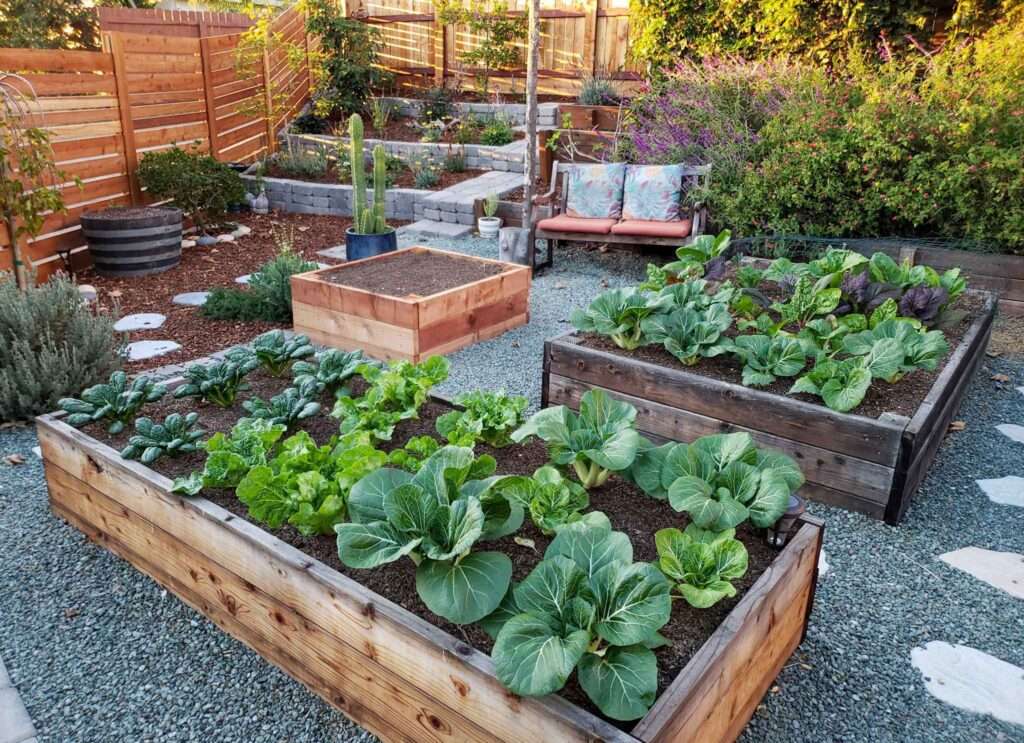
Other Material Options for Raised Beds
In addition to wood, metal, and plastic, there are alternative materials that can be used to construct raised beds. These include:
Concrete blocks or bricks: These provide excellent durability but can be more challenging to work with and may require professional installation.
Recycled materials: Old tires, pallets, or reclaimed wood can be repurposed to create unique and sustainable raised beds. However, ensure that these materials are free from harmful chemicals or contaminants.
Fabric beds: Fabric or canvas bags offer a lightweight and portable option for raised beds. While they may not last as long as other materials, they can still provide several years of use.
Maintenance and Care for Extended Lifespan
To ensure your raised beds last for many years, proper maintenance and care are essential. Here are some practices you can implement to extend their lifespan:
Proper Drainage and Watering Techniques
Proper drainage is crucial to prevent waterlogging and root rot. Ensure that your raised beds have adequate drainage holes or a layer of gravel at the bottom to facilitate water movement. Additionally, practice appropriate watering techniques, giving plants enough water without overwatering.
Protection from Pests and Diseases
One of the leading causes of raised bed deterioration is pest infestation and disease outbreaks. Implement preventive measures such as regular inspections, companion planting, and proper sanitation to keep pests and diseases at bay.
Avoiding Overcrowding and Soil Compaction
Overcrowding plants in a raised bed can lead to competition for resources and increased vulnerability to disease. Ensure proper spacing and avoid excessive plant density. Additionally, avoid compacting the soil by walking directly on the beds, as this can hinder root growth and drainage.
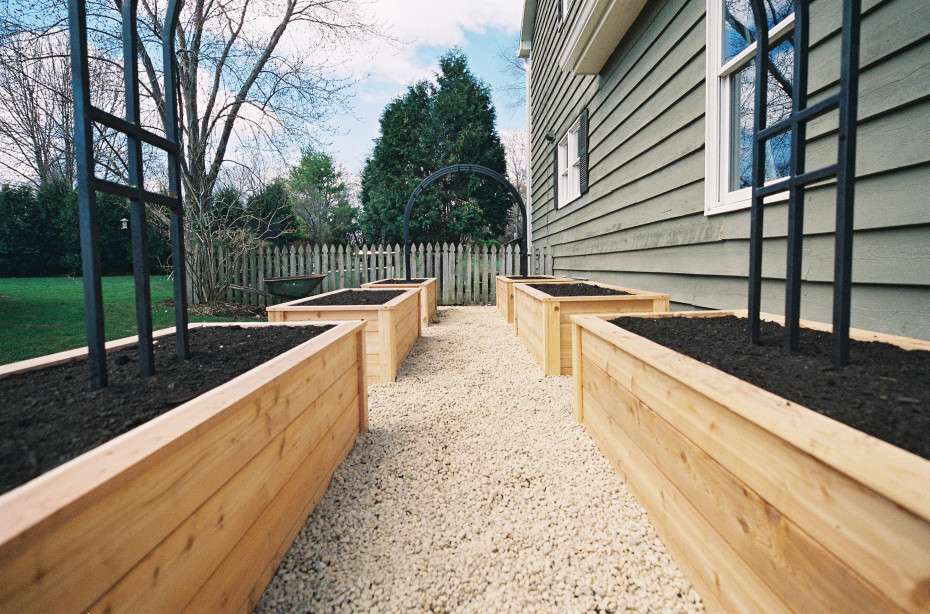
Tips for Increasing the Lifespan of Raised Beds
In addition to the maintenance and care practices mentioned above, here are some further tips for maximizing the lifespan of raised beds:
- Regularly inspect your raised beds for signs of damage, rot, or rust. Address any issues promptly to prevent further deterioration.
- Mulch your raised beds to regulate soil temperature, retain moisture, and suppress weed growth.
- Rotate crops within your raised beds to prevent nutrient depletion and reduce the risk of pests and diseases.
- Avoid using herbicides or pesticides that may harm beneficial insects and disrupt the overall balance of your garden ecosystem.
- Consider covering your raised beds during harsh weather conditions or winter months to protect them from extreme temperatures and excessive moisture.
Conclusion
Raised beds offer a sustainable and efficient solution for gardening, allowing individuals to overcome various challenges and maximize their growing potential. By carefully selecting the materials, implementing proper maintenance practices, and following sustainable gardening techniques, you can significantly prolong the lifespan of your raised beds. So go ahead, start planning your raised bed garden, and enjoy the benefits it provides for many years to come.


